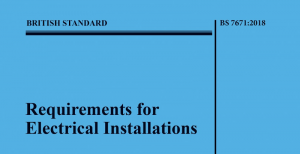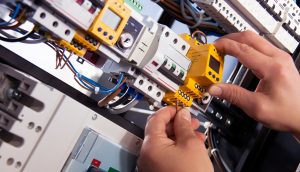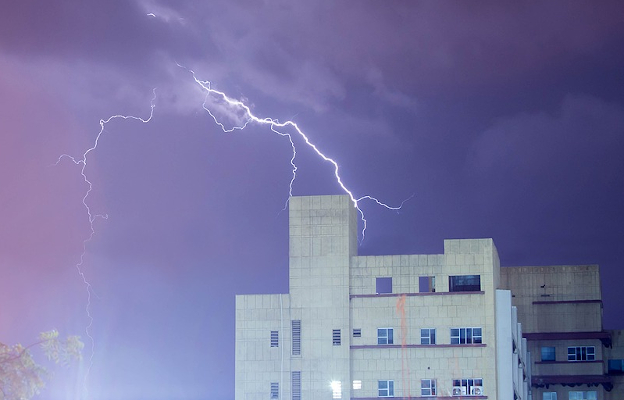
In January 2019, the latest edition of the BS7671 18th IET Wiring Regulations (released in July 2018) came into effect. Contained within this latest edition are essential updates for the protection of electrical and electronic equipment and the users of these devices from damaging and dangerous overvoltage surges.
The Essential BS7671 18th IET Wiring Regulations Updates
The updates contained in the latest iteration of the IET Wiring Regulations state that surge protection devices designed to protect end-users and equipment from potentially dangerous effects of transient overvoltage will need to be installed in instances where there could be:
- Loss of life or serious injury
- Interruption to public service or commercial activity
- Damage to cultural heritage
- Impact a large populated area
New Installations
Every new installation will need to adhere to these guidelines which also includes the retrofitting and alterations of existing electrical installations. Every aspect will need to be fully evaluated and protected adequately using the appropriate Surge Protection Device.

Dangerous Skies
The damaging effects of lightning are also covered, urging installers to comply with BS EN/IEC 62305 and install a Type 1 surge protection device to protect buildings and those devices and persons within from being impacted by the effects of a powerful strike of lightning. As an example of the scope of danger offered by lightning, during some extremely hot weather in the UK in July 2019, in just one night there was over 48000 recorded lightning strikes, a considerable threat for an unprotected building.
Switching Transients
Switching transient overvoltage issues are generally small but frequent, leading to continual stress on electronic device components, leading to RCDs tripping and other failures, which could prove deadly if it’s lifesaving equipment that’s located in a hospital. Switching transients are protected by Type 2 and 3 Surge Protection Devices helping protect electrical and electronic systems by reducing overvoltage surges to safe levels.
- Type 2 SPDs – located at the distribution board
- Type 3 SPDs – protect critical load equipment further down the line
Note: Type 2 and 3 are used in conjunction with a Type 1 SPD located at the entry point of the installation.

Be Protected and Get Protection
As factories, public buildings and industrial processes become smarter and more automated the need to protect these valuable and precise installations has become more prevalent. Another consideration is that as these control devices have become more popular, they have also reduced in size, leading to smaller internal components that are more susceptible to damage from power surges.
Kempston Controls stocks an impressive range of Type 1, Type 2 and Type 3 surge protection devices to help you meet the changes contained within the new 18th Edition IET Wiring Regulations. Ensuring that your industrial and commercial electrical and electronic equipment and those who use them have the protection they need. Call our dedicated sales team on +44(0) 1933 411411 or email sales@kempstoncontrols.co.uk to discuss your SPD requirements.
View Our Range of Surge Protection Devices
Have you read our article about EN ISO 14119? Click Here

Kempston Controls is committed to finding you the ideal solution for your application. Call us today on +44 (0) 1933 411 411, email us at sales@kempstoncontrols.co.uk, or alternatively contact us here, we will be happy to help.


Kourtney says:
I think this is one of the most significant info for me.
And i am glad reading your article. But should remark on some general things, The web site style is perfect,
the articles is really great : D. Good job, cheers
Rick Morgan says:
Thanks!